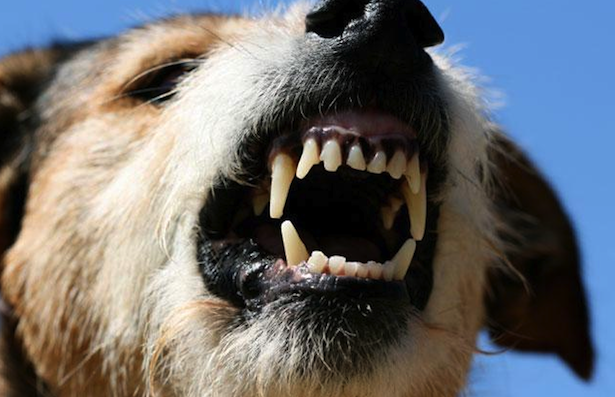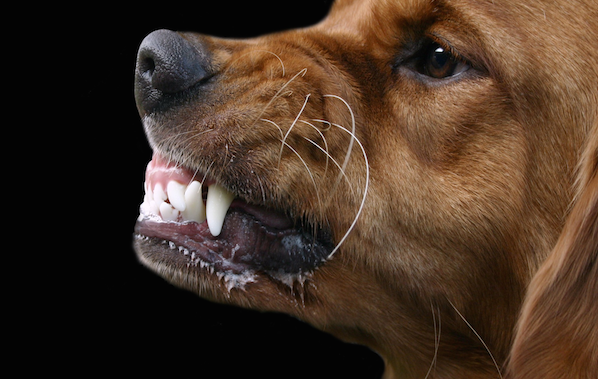Superstitious behavior is behavior we erroneously associate with particular results. Animals create superstitions as we do. If by accident, a particular stimulus and consequence occur a number of times temporarily close to one another, we tend to believe that the former caused the latter. Both reinforcing and inhibiting consequences may create superstitious behavior. In the first case, we do something because we believe it will increase the odds of achieving the desired result (we do it for good luck). In the second case, we do not do something because we do not want something else to happen (it gives bad luck).
In 1948, B.F. Skinner recorded the superstitious behavior of pigeons making turns in their cages and swinging their heads in a pendulum motion. The pigeons displayed these behaviors attempting to get the food dispensers to release food. They believed their actions were connected with the release of food, which was not true because the dispensers were automatically programmed to dispense food at set intervals.

Some cases of CHAP (Canine Home Alone Problems) could be superstitious behavior. The dog believes that if it barks long enough at the door, someone will open it because it has happened before. Many CHAP cases are not even remotely connected with anxiety as the dog owners erroneously presume.
Superstitious behavior is extremely resistant to extinction. Skinner found out that some pigeons would display the same behavior up to 10,000 times without reinforcement. Displaying a behavior expecting a reinforcer, and receiving none, increases persistence. It’s like we (as well as other animals) feel that if we continue long enough the reinforcement will follow sooner or later.
As always, being an evolutionary biologist, the first question that comes to my mind is, “what conditions would favor the propagation of superstitious behavior?” Making correct associations between events confers a substantial advantage in the struggle for survival. That is what understanding (or adapting to) one’s environment means. The benefits of getting one association right outweigh the costs of making several wrong associations, so much that natural selection favors those who tend to make associations rather than those who do not—and that’s why superstitious behavior is highly resilient to extinction.
Featured image: Warning: superstitious behavior is easy to create and extremely difficult to extinguish.



